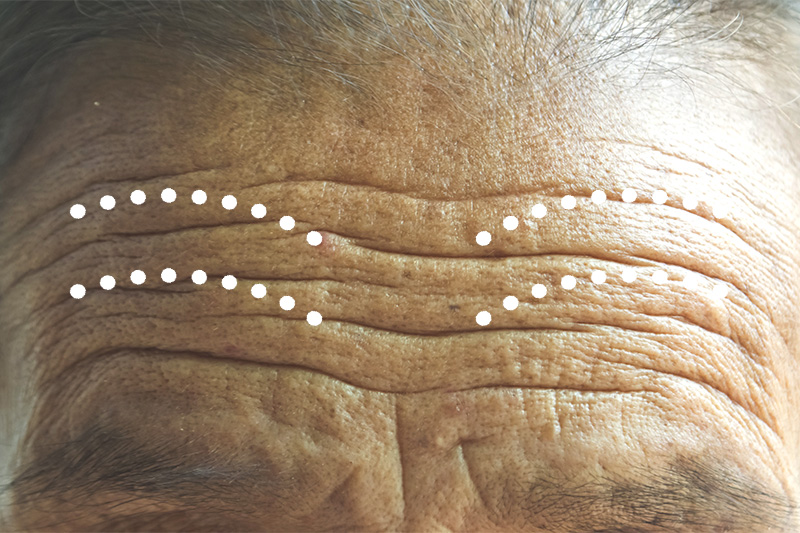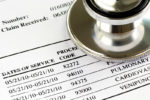People with deep wrinkles on the forehead are at risk of cardiovascular disease, according to the results of a study in France.
The researchers claim that although the wrinkles on the forehead are not a better method of assessing the risk of death from cardiovascular disease compared to existing methods, such as blood pressure and lipid profile, it could be an easy-to-detect alarm signal and at minimum cost.

The study, presented at the Congress of the European Cardiology Society in Munich, Germany, did not identify a specific cause of this association, but, according to advanced theory, it would be related to atherosclerosis or stiffening of the arteries due to plaque deposits on their internal walls.
Atherosclerosis is a significant cause of heart attacks and other cardiovascular events. Changes in collagen protein and oxidative stress would play an essential role in both atherosclerosis and wrinkles, the researchers noted.
Also, the blood vessels in the forehead area are so small that they may be more sensitive to plaque buildup, which means that wrinkles may be one of the first signs of aging blood vessels.
The study analyzed a group of 3,200 active, healthy adults, aged 32, 42, 52, and 62 at the beginning of the research.
The participants were examined by doctors who have given scores according to the number and depth of the wrinkles on their foreheads. A score of zero equals the lack of wrinkles, and a score of three involved “numerous deep wrinkles.”
Subjects were monitored for two decades, during which time 233 died from various causes. Of these, 15.2% had a score of two and three, 6.6% had a score of one, and 2.1% had no wrinkles.
The authors of the research found that people with a score of one had a slightly increased risk of death from cardiovascular disease compared to subjects without wrinkles.
Participants with scores of two and three presented a risk of death with almost 10% higher than people with zero score.
The risk of heart disease increases with aging, but lifestyle and medical interventions can reduce the degree of danger. The challenge lies in identifying high-risk patients early enough to make a difference.
Other research has previously looked at various visible signs of aging to find out if they can predict cardiovascular disease, identifying an association between the appearance of baldness in men, folds on the ear lobes or xanthomas (deposits of cholesterol under the skin) and a higher risk of heart disease. Still, there was no increase in the risk of death.


